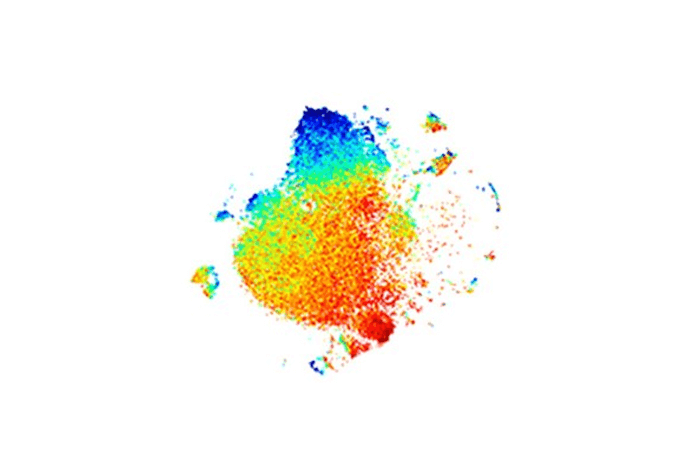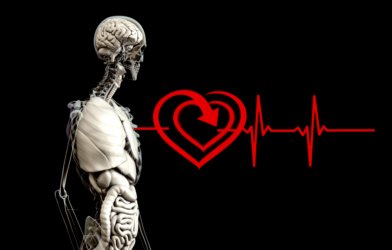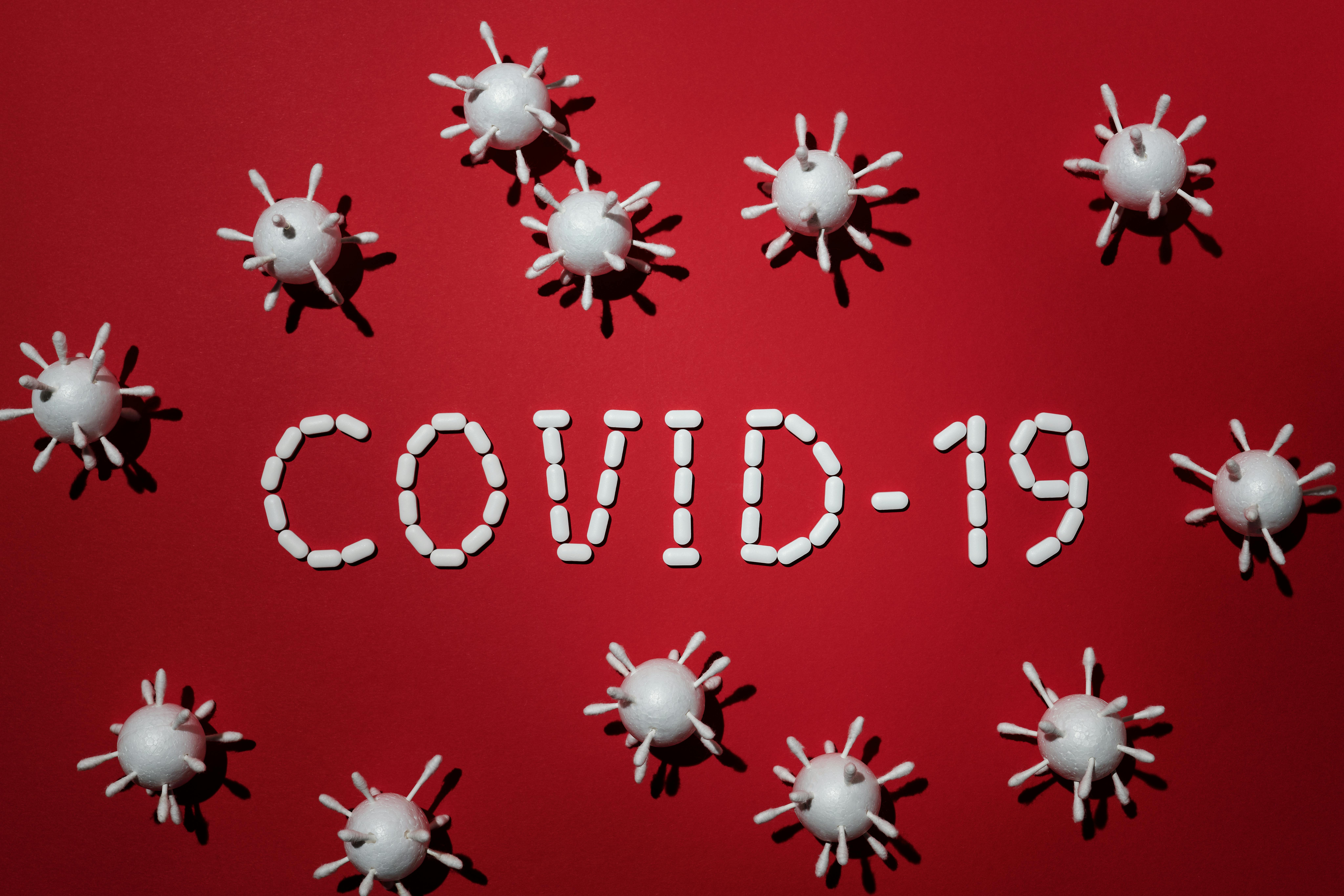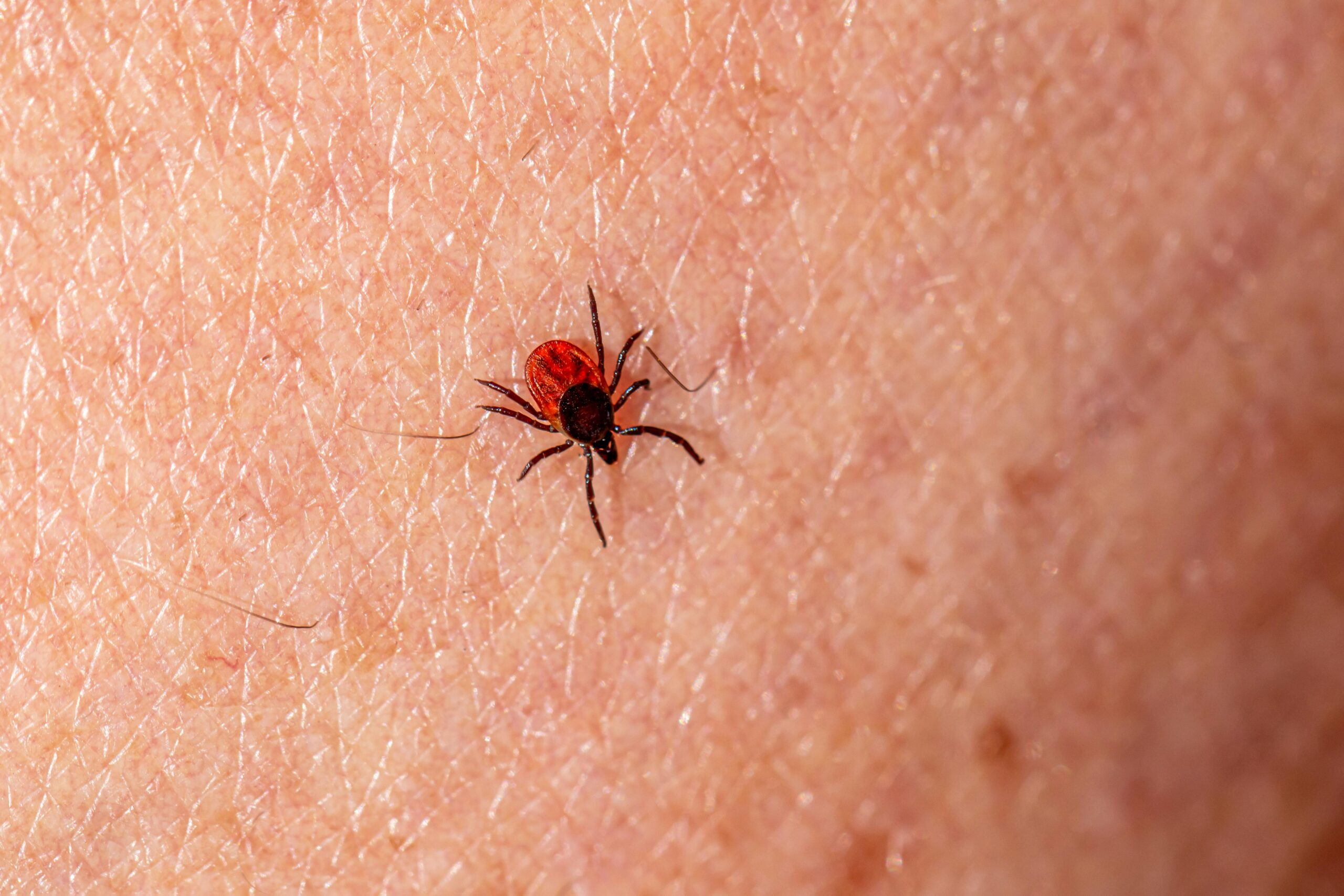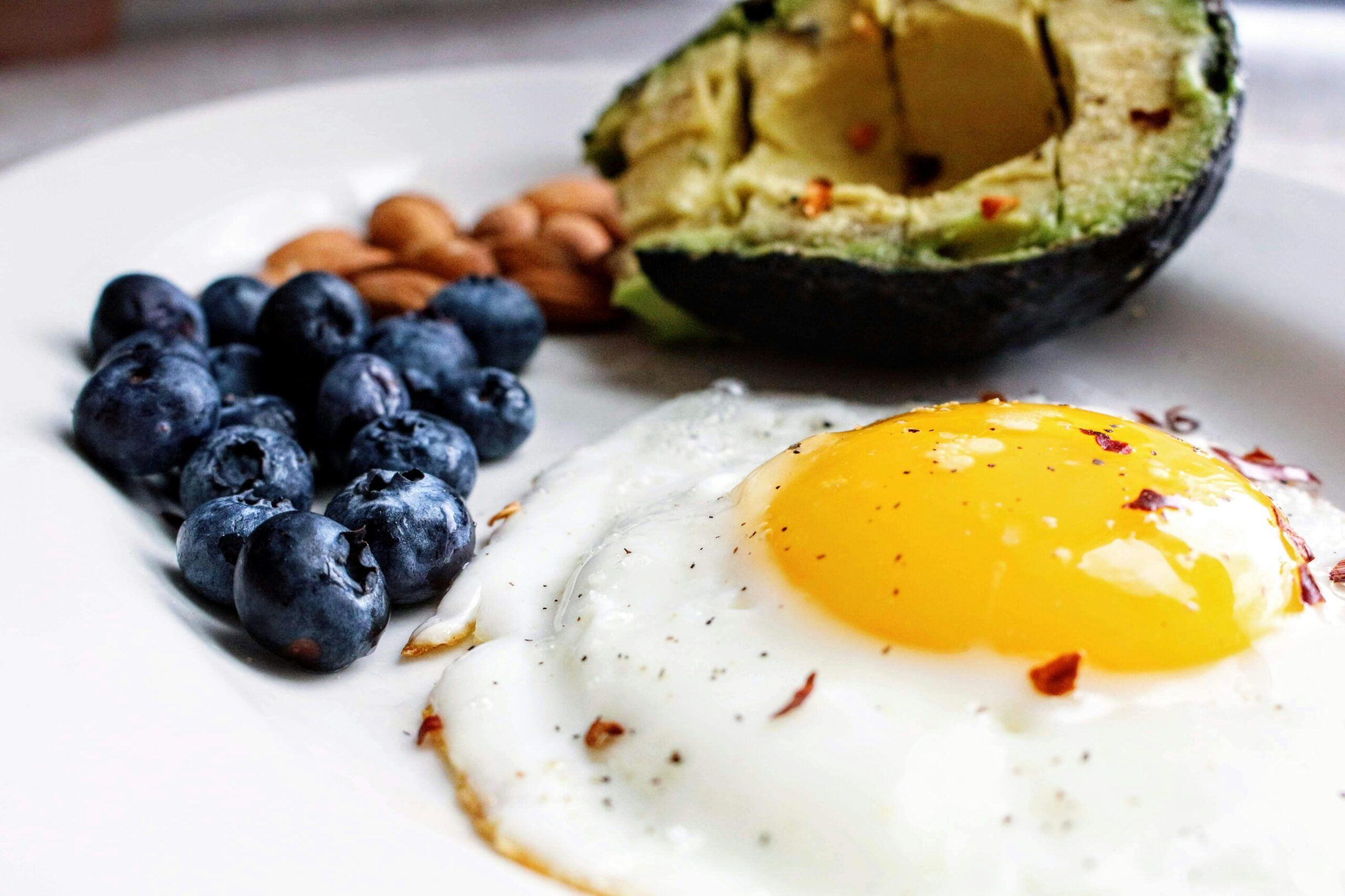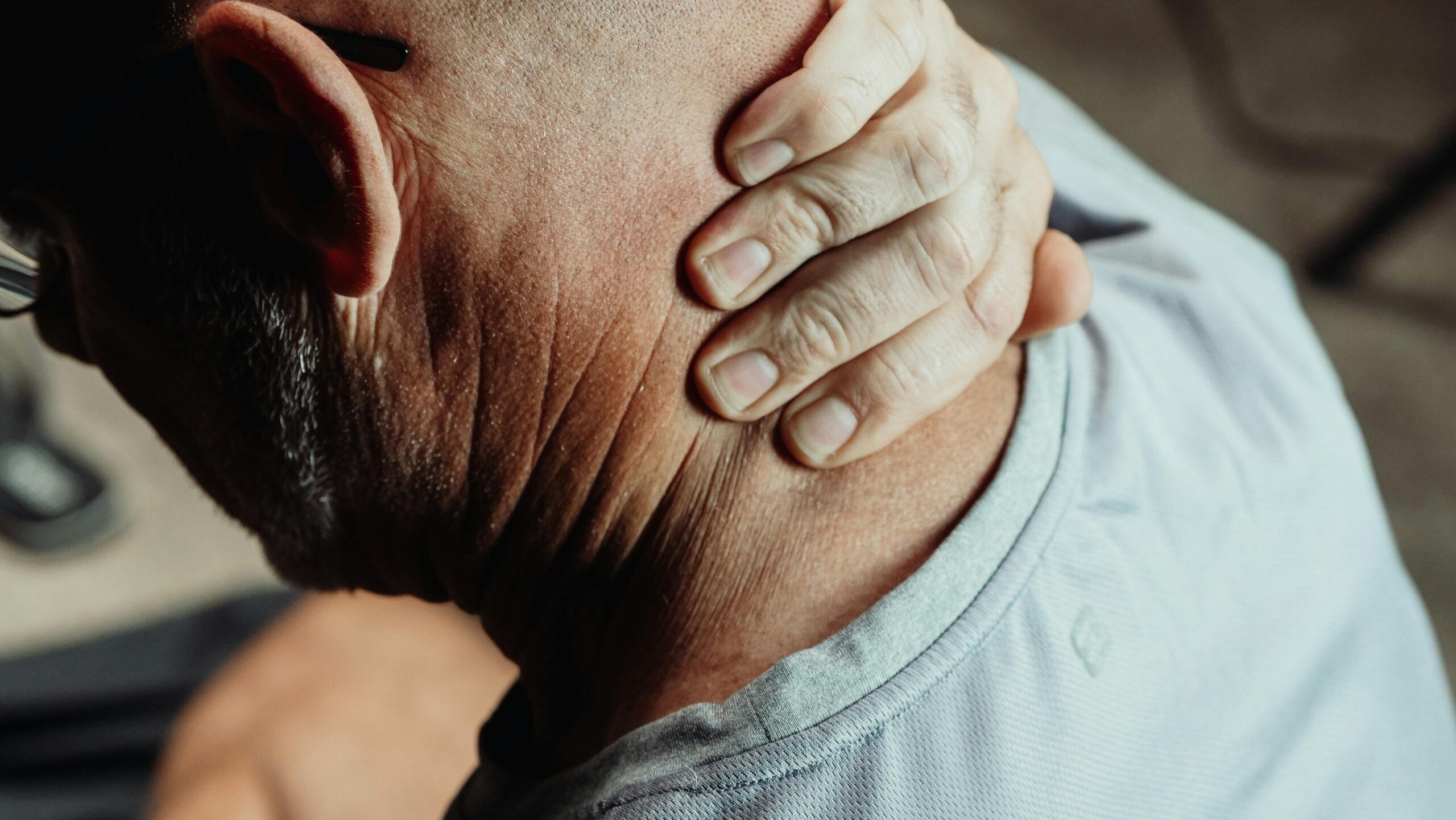Neutrophils, a type of white blood cell, fight infection, clear away cell debris, and heal injured tissue. In diseases with chronic or excessive inflammation (e.g., arthritis, sepsis), however, they can also cause tissue damage. Scientists at the University of Illinois, Chicago, recently identified two distinct subtypes of neutrophils, and designed a way to preserve the neutrophils’ favorable effects while their anti-inflammatory properties fight disease.
Currently, drugs that target neutrophils to treat inflammatory conditions like Crohn’s disease suppress all their effects, sacrificing their anti-infection, scavenging, and healing functions.
“Understanding the differences between these neutrophil subsets opens the door for more research on treatments that address inflammatory diseases without increasing patients’ risks of infections,” says lead investigator, Kurt Bachmaier, assistant professor of pharmacology and regenerative medicine at the UIC College of Medicine, in a statement.
Bachmaier and his colleagues designed a nanoparticle formulated with albumin, and studied how neutrophils from bone marrow, blood, spleen, and lung tissues interacted with the complex. They found that some neutrophils, through a process called endocytosis, incorporated the nanoparticles into their cell bodies. Other neutrophils did not.
The subtype of neutrophils that readily endocytosed the nanoparticle were designated ANP-high, for albumin nanoparticle high. The neutrophils that did not absorb the albumin nanoparticle were designated ANP-low.
ANP-high neutrophils did not help to kill bacteria, but generated large amounts of products which contribute to inflammatory disease.
Because the ANP-high neutrophils are also the ones that captured the nanoparticle, the scientists conducted experiments used the albumin nanoparticle to deliver drug treatments. They filled the albumin nanoparticle with an anti-inflammatory drug and administered it to mice with sepsis. Mice treated with the drug-loaded nanoparticles had reduced signs of tissue inflammation, but the neutrophilic host-defense was preserved.
“The albumin nanoparticle, which was filled with the drug, specifically bound to ANP-high neutrophils and unloaded their cargo into the cell, stopping it in its tracks,” Bachmaier said. “We found ANP-high neutrophils not only in mice but also in humans, opening the possibility of neutrophil subset-specific targeted therapy for human inflammatory diseases.”
“Science can be a bit like magic — by targeting only the ANP-high neutrophils, we stopped the out-of-control inflammation while preserving the bacteria-fighting inflammation of these Janus-like cells,” says senior Asrar Malik, head of the department of pharmacology and regenerative medicine.
The study is published in the journal ACS Nano.
